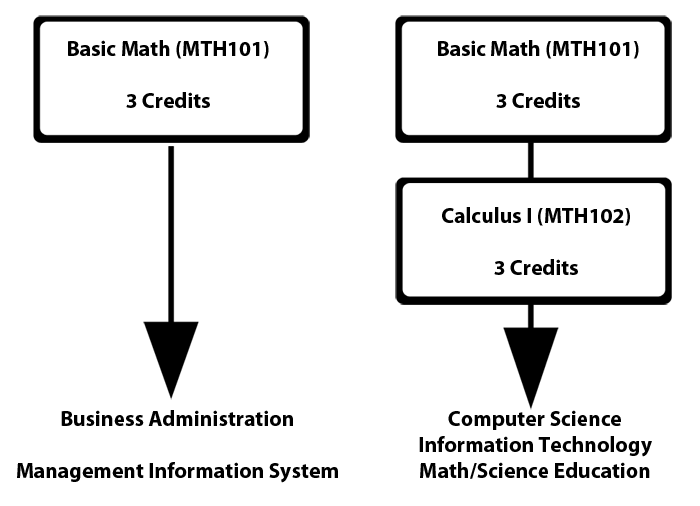Placement Test Topics
After submitting the signed application form with the required documents (Category A), the Admission’s Office will fill an EPT (Electronic Placement Test) Reservation form to be scheduled as per university calendar.
English Placement Test Topics
1. EPT Grammar Skills Requirements
Parts of speech:
o Swimming is fun.
o There is so much water in that lake.
• Verbs: regular/irregular, action/state, infinitives
o All tenses: simple present, present continuous, present perfect, present perfect simple, past, past continuous, and future
• Adverbs- modals,
• Adjectives: more, most, many, comparatives, superlatives, present participles, and past participles
• All Pronouns: anyone, subject, object, reflexive, possessive, (other, another, the other), and relative …
• Indefinite Pronouns: All, some, any, several, anyone, nobody, everyone, each, both, few, either, none, one and no one
• Demonstrative pronouns: this, that, these, those
• Prepositions
Conditionals
– Incorrect: If I was you, I tell the truth.
Use of:
– Despite- in spite of
Sentence structures:
– The more…the more
– Never + verb + pronoun
Parallelism
– Incorrect: I woke up, getting dressed, and went out.
Embedded questions
– Incorrect: Can you tell me what is the time?
Mistakes commonly made by francophone students
– Incorrect: This book offers very interesting informations
2. EPT Reading & Listening Skills Requirements
-Identify audience and purpose of a text
– Use context clues to determine the meaning of unfamiliar words and expressions in reading materials
– Identify main ideas and supporting details
– Identify organizational patterns of texts
– Draw inferences based on information presented in the text
– Identify author’s tone
– Identify bias in texts
– Match synonyms and antonyms
– Explain analogies
– Answer factual questions about the text (who, what, when, where, how)
– Answer inferential questions about the text
– Distinguish fact from fiction
– Distinguish fact from opinion
– Identify the most important or relevant information from a reading selection
– Compare/contrast characters, events, ideas from reading selections.
– Compare/contrast characters, events, ideas from reading selections to real life
– Explain cause and effect relationships from reading selections
– Retell events from a story in sequence
– Interpret implied meanings.
– Explain metaphors and similes found in reading selections
– Identify text structure in nonfiction selections (cause/effect, sequence, compare/contrast)
Avoid sentence fragments, faulty parallelism, dangling modifiers, comma splices, wordiness, redundancy
– Write effective topic sentences
– Write effective concluding sentences
– Write effective introductory and concluding paragraphs
– Write an outline
– Write a five- paragraph expository/persuasive essay
– Write a stated thesis statement
– Support ideas with relevant details and explanations
– Follow a logical sequence in presenting ideas
– Use smooth transitions between ideas (within and between paragraphs)
4. EPT Speaking Skills Requirements
Talk about likes and dislikes
– Compare two things
– Talk about jobs
– Talk about the weather
– Restate the main idea and incorporate the most important supporting ideas and details
– Construct an oral summary
– Use limited transitions of addition, sequence, exemplification, comparison/ contrast and clauses introducing opinion and fact
– Initiate and continue a conversation
– Answer basic questions on personal and concrete topics
– Use formulaic expressions such as greetings, making polite requests and leave-taking
– Produce sentences with appropriate word order in the main clause.
– Produce coordinated clauses with appropriate word order
– Produce some complement clauses (think/say, want/like)
– Produce adverb clauses of reason (because)
– Produce sentences with correct tenses
Biology Placement Test Topics
Biology Topics Required for BPT (Biology Placement Test):
Some grade eleven topics and (same topics required officially for grade-12 -life science section).
From Grade Eleven- scientific section:
-Karyotypes
-Mitosis
-DNA and RNA Structures
-DNA Replication
-DNA Transcription and Translation
-Blood Types- Blood transfusion
From Grade Twelve – life science section:
Part I: Reproduction and Genetics
Chapter One: Basic Mechanisms of Sexual Reproduction:
-Document one: Male and female reproductive systems
-Document two: Diploid and haploid cells
-Document three: Meiosis
-Document four: Spermatogenesis
-Document five: Oogenesis
-Document six: Fertilization
Chapter Three: Genetic Variation and Polymorphism:
-Document one: Mutations and the environment
-Document two: Mutations and multiple alleles
Chapter Five: Human Genetics
-Document one: Inheritance of genetic traits
-Document two: Autosomal diseases
-Document three: Sex- linked diseases
-Document four: Chromosomal mutations -karyotype anomalies
-Document five: Prenatal diagnosis
Part II: Immunology
Chapter Six: Role And Components Of The Immune System:
-Document one : HLA: a major self- maker
-Document two: Blood groups: another self- maker
-Document three: The non- self
-Document four: Cells of the immune system
-Document five: Lymphoid organs
-Document six: Antigen recognition by B lymphocytes
-Document seven: Antigen recognition by T lymphocytes
Chapter Seven: The Immune Response
-Document one: Non- specific immune response
-Document two: Specific immune response
-Document three: Induction of the specific immune response
-Document four: Role of TH in the specific immune response
-Document five: Specific humoral immune response
-Document six: Specific cell- mediated immune response
-Document seven: Immunological memory
Chemistry Placement Test Topics
1- How to calculate the number of sub-atomic particles (protons, neutrons, electrons) in an atom or ion using the periodic table.
2- Use simple formulas to calculate: number of moles, mass, molar mass, concentration, volume, number of atoms, Avogadro’s number, volume, molar volume.
3- Precipitate formation and precipitate colors
4- Stoichiometry
5- Balancing equations
6- Criss- cross method
7- Alkanes- alkenes- alkynes/ names and formulas only
8- Families and their properties in the periodic table
9- Hydrogen boning of water molecules
10- The diagonal rule for electron configurations
11- Dilution
12- Acid-base titration
13- Le Chatelier’s principle/ in general
14- Valence electrons and valency of atoms
15- IUPAC names of organic compounds
16- Functional groups in organic compounds
Mathematics Placement Test Topics
Remedial Math Program
Math Placement Test
The Math Placement Test (MPT) is a computer based test required from applicants to the following majors:
§ MPT-1: Business Administration (Accounting, Human Resource Management, Marketing, Management), Management Information Systems, and Health Management Information Systems.
§ MPT-2: Computer Science, Information Technology, and Math/Science Education
Remedial Tracks
Based on the Math Placement Test results, the student might be required to follow one of the following Math Remedial tracks:

MPT Formats
Basic Mathematics, 20 questions
Time: 30 minutes
MPT-2 60 MCQ, Total time: 90 minutes
Section 1: Basic Mathematics, 20 questions Time: 30 minutes
Section 2: Calculus, 40 questions Time: 60 minutes
Syllabus of MPT-1
Basic Arithmetic: Prime numbers, Integers, Absolute value, Powers and roots, Squares and square roots Fractions and Percents: Operations with fractions, Increase and decrease percent, Proportions.
Polynomials: Roots of a polynomial, Evaluation of algebraic expressions.
Equations and Inequalities: First degree equations and inequalities, Equations and inequalities with radicals and absolute values, systems of linear equations, word problems involving one or two unknowns, graphical inequalities, graphical method for minimizing and maximizing linear functions under constraints. Second degree equations.
Geometry in Plane: Angles, Parallel and perpendicular lines, Sides and angles of a Triangle, Right triangles, Pythagoras’s theorem, Isosceles triangles, Equilateral triangles, Special quadrilateral: parallelograms, trapezoids, rectangles, rhombuses, squares. Circles.
Perimeters and areas of triangles, circles, and all special quadrilaterals.
Coordinate systems: Distance between two points, Equations of lines, Slope of a straight line, Parallel and perpendicular lines. Midpoint of a segment.
Syllabus of MPT-2
Section 1
Basic Arithmetic: Prime numbers, Integers, Absolute value, Powers and roots, Squares and square roots Fractions and Percents: Operations with fractions, Increase and decrease percent, Proportions.
Polynomials: Roots of a polynomial, Evaluation of algebraic expressions, Remarkable identities.
Equations and Inequalities: First degree equations and inequalities, Equations and inequalities with radicals and absolute values, systems of linear equations, word problems involving one or two unknowns, graphical inequalities, Second degree equations. Logarithmic and exponential equations.
Geometry in Plane: Angles, Parallel and perpendicular lines, Sides and angles of a Triangle, Right triangles, Pythagoras’s theorem, Isosceles triangles, Equilateral triangles, Special quadrilateral: parallelograms, trapezoids, rectangles, rhombuses, squares. Circles. Perimeters and areas of triangles, circles, and all special quadrilaterals.
Trigonometry: Sine, cosine, and tangent in right triangles, Trigonometric circle: quadrants and signs, Fundamental relation of trigonometry, Double angle formulas, Change of sign formulas, Cosine and sine laws in triangles, Trigonometric functions and their inverses.
Coordinate systems: Distance between two points, Equations of lines, Slope of a straight line and its acute angle with x-axis. Parallel and perpendicular lines. Midpoint of a segment.
Section 2
Functions: Domain of definition, Range, Even and odd functions, Composition of functions, Inverse Functions, Limits and asymptotes, Absolute maximum and minimum. Equation of tangent line. Logarithmic and Exponential functions.
Derivatives and Anti-derivatives: Derivatives and anti-derivatives (integrals) for polynomials, rational and irrational functions, exponential functions, trigonometric functions. Definite integrals, Areas under curve, Areas limited between two curves.
Numerical sequences: Arithmetic and geometric progressions, Common difference, Common ratio, first term, nth term, sum of the first n terms, Recursive sequences.
Matrices: Sum of two matrices, Product of two matrices, Determinants.
MPT Samples
Click the links below to download MPT samples:
– MPT-1 Model PDF
– MPT-2 Model PDF
Applicants should be present 30 minutes prior to the test. They are also required to bring the MPT reservation form signed by the registrar, a pencil, and a calculator. Scratch paper will be provided in the testing room.
Placement criteria
| Test | Grades | Remedial Course to be placed in |
|---|---|---|
| MPT-1 One section: 20 points | 12 and above | No remedial |
| below 12 | MTH-101 | |
| MPT-2 Section 1: 20 points Section 2: 40 points | Section 2: 30 and above Section 1: — | No remedial |
| Section 2: 20-29 Section 1: — | MTH-102 | |
| Section 2: below 20 Section 1: 12 and above | MTH-102 | |
| Section 2: below 20 Section 1: below 12 | MTH-101 |
Physics Placement Test Topics
• 1- Units of measurements
• 2- Dimensional units
II. Energy
• 1- Work & power
• 2- Kinetic energy
• 3- Potential energy
• 4- Mechanical energy
• 5- Internal energy and total energy
III. Linear Momentum- Collision- Explosion
IV. Mechanical Oscillator (Damped- Undamped). Application: Elastic Pendulum
V. Forced Oscillations- Mechanical Resonance
VI. Electricity
• 1- Electric current
• 2- Electromagnetic induction
• 3- Self induction- Induced electric current
• 4- Time delay of the growth or decay of the electric current in a coil
• 5- Charging and discharging of a capacitor
• 6- RLC-series circuit with alternating sinusoidal current- Electric resonance
• 7- Transformers
VII. Aspects of Light
• 1) Wave aspect of light
• – 1.1) Diffraction
• – 1.2) Interference
• 2) Corpuscular aspect of light
• – 2.1) Photoelectric effect
VIII. Atomic Structure & Atomic Nucleus
IX. Nuclear Reactions
• 1) Spontaneous
• – 1.1) Radioactivity
• – 1.2) Decay law
• – 1.3) Period or half- life
• – 1.4) Activity
• 2) Provoked
• – 2.1) Fission
• – 2.2) Fusion
